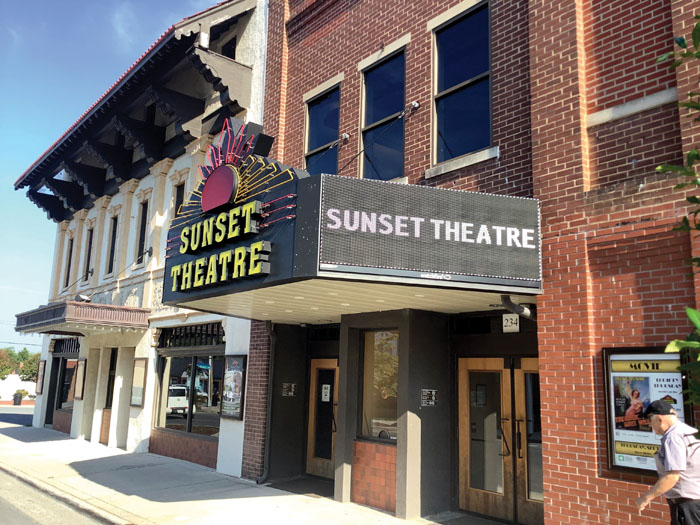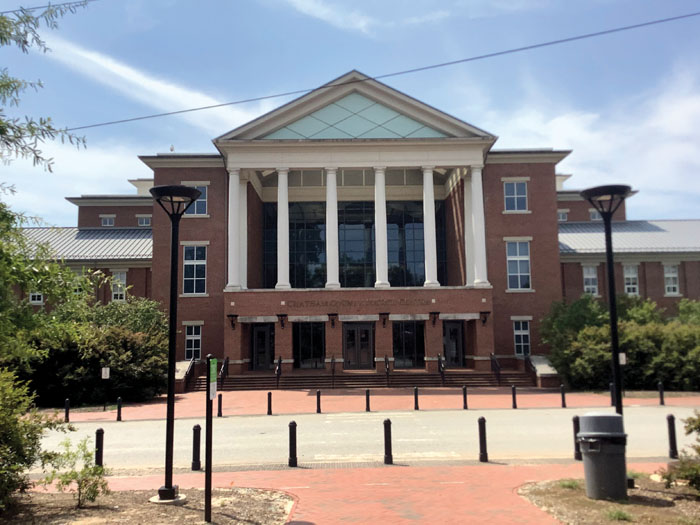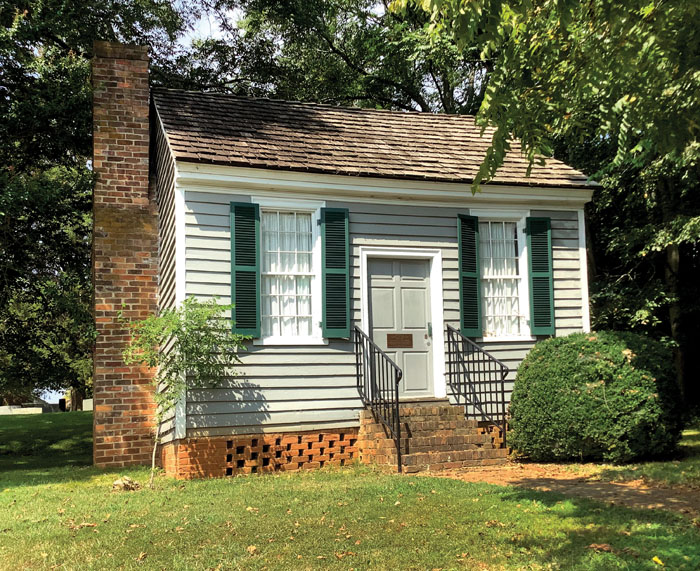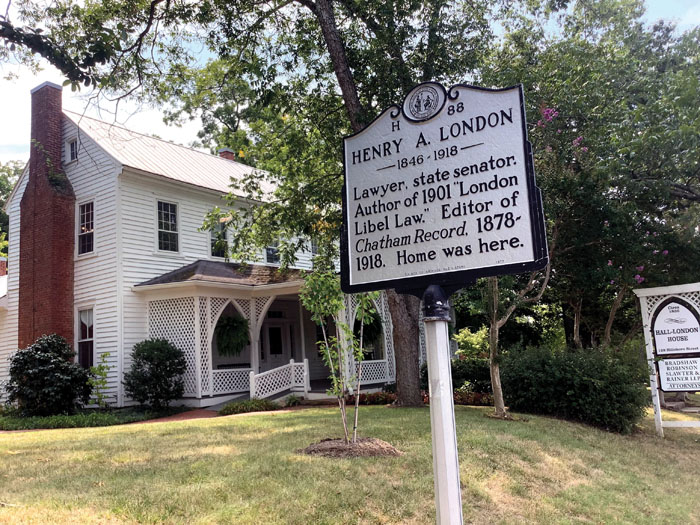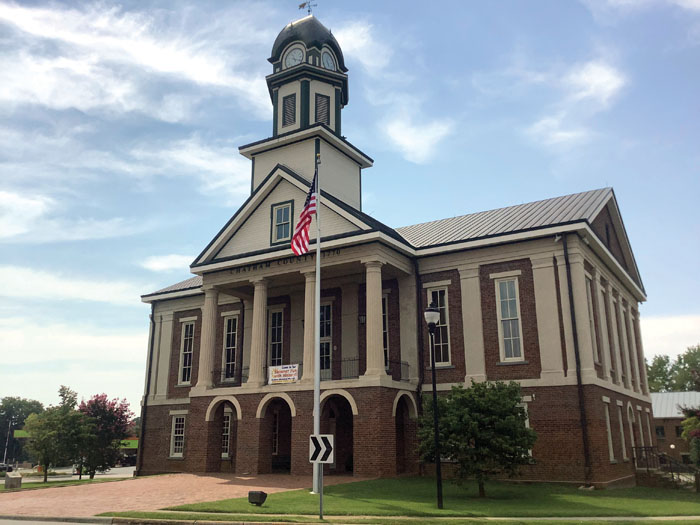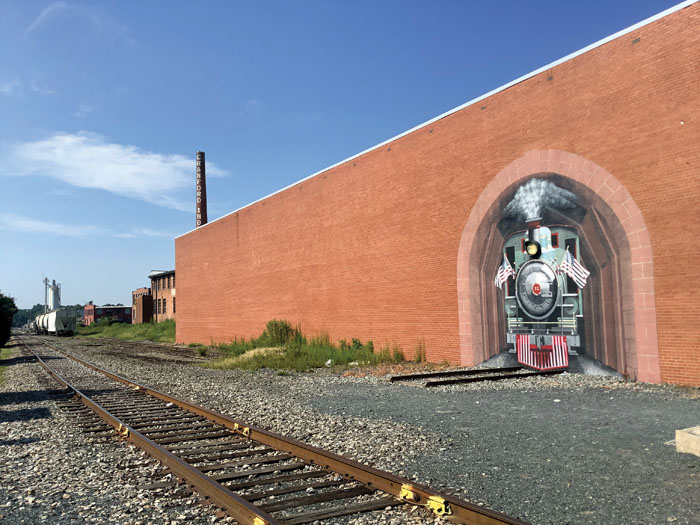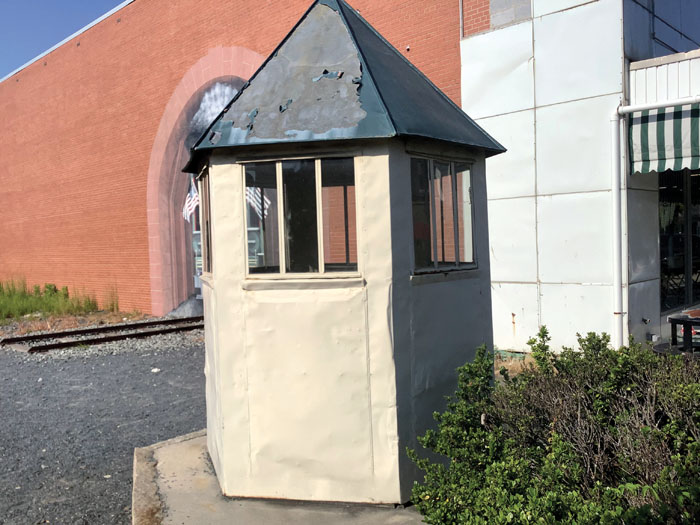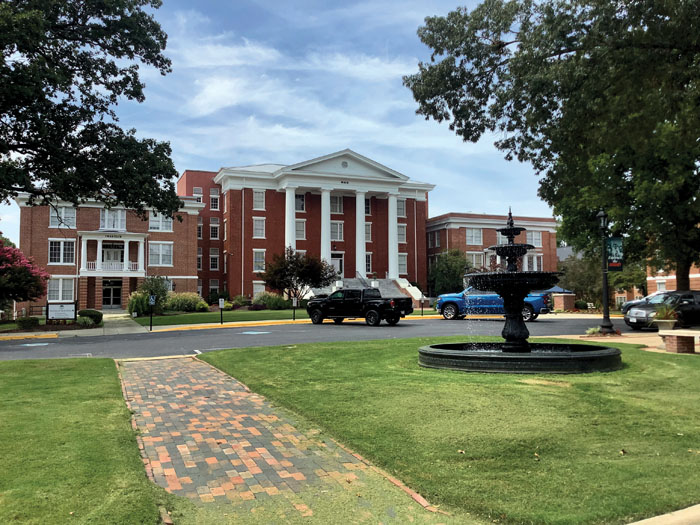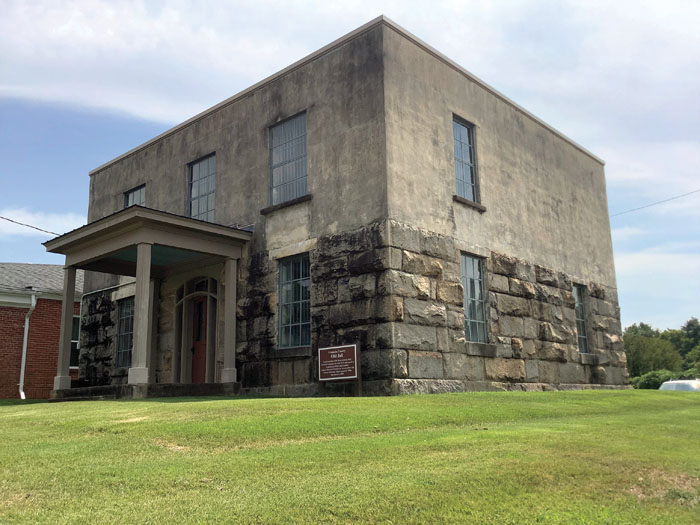Gotta’ Run: Newest county seat visits include Asheboro, Pittsboro and Louisburg
Published 12:00 am Saturday, September 2, 2023
Editor’s note: David Freeze is completing a challenge to run in a few miles in every county seat in all 100 N.C. counties. Contact him at david.freeze@ctc.net.
Salisbury Post copy editor Andy Mooney found an error in my running count of county seats visited. I claimed 90 done and Andy found only 89, so we tallied the proper list, the three closest undone being the three listed today.
Asheboro was named after Samuel Ashe, the ninth governor of North Carolina and established as the county seat of Randolph County in 1796. The population of the town was less than 200 through the Civil War but two railroads reaching town helped Asheboro begin to grow. I read about a “60 Minutes” report calling Asheboro a ‘dying town,’ so I was pleasantly surprised to see Asheboro as the most appealing of the three towns visited on Monday, Aug. 21. The reference to dying town cited competition from overseas and less need for manufactured products, many relating to textiles.
It appears that at least one hosiery mill in the downtown area is still working, and most of the storefronts are in use with regular schedules posted. Acme-McCrary at one time was the third largest hosiery producer in the world and their website says they have partnered with Sapona Fitness to continue production. Acme-McCrary has six buildings and 200,000 square feet of space. Some of that space is likely to become affordable senior apartments once those buildings are no longer needed.
The Randolph County courthouse, built in 1909, and its newer addition dominate the downtown area. Antique stores are popular downtown, and I almost came home with an old bicycle and a tricycle. Driving instead of cycling adds options. Called “Zoo Town” in several publications, various zoo animals are described in small circular plates affixed to the sidewalks. The Sunset Theatre has been repurposed as a community theatre and Randleman resident Kyle Petty is slated to perform his music on Sept. 9 when admission is free. A long schedule of Thrifty Thursday movies, complete with a large popcorn and drink for $3, is posted through December.
There is an outer band of chain and brand name stores, but the downtown is walkable and interesting. Furniture, the North Carolina Zoo, batteries and additional hosiery suppliers are some of the major employers. Asheboro has a college wood-bat team called the Zookeepers.
Next was Pittsboro, county seat of Chatham County. Pittsboro became a town in 1785 and the county seat in 1787. Pittsboro is named for the second son of the Earl of Chatham, William Pitt, who is referred to as William Pitt the Younger. The Earl of Chatham was popular because he defended the rights of the colonies.
Abundant small-scale farms were dependent on slave labor for early economic growth, but the Civil War and several local racial incidents pushed growth toward mills and factories as waterpower and then electricity were harnessed. Industry gradually moved away from Pittsboro and now the community serves as a quiet home to many Research Triangle workers. Pittsboro has a significant historic district.
Pittsboro was once considered as a site for both the University of North Carolina and the state capital. The university was established in Chapel Hill, beginning in 1789. The state capital in Raleigh is 34 miles east of Pittsboro.
As the county seat, Pittsboro has been a center of trade and local government, including the courts. Many farmers would come into town on the weekend for trade. In 1881 a new county courthouse and jail were built in Pittsboro. The original courthouse still sits in the middle of a traffic circle where all traffic through the center of town passes by. Two renovations have been done, with one required after a fire in the three-segment cupola on top. A one-story addition was added in the 1930s and a modern county government building is close by.
My last stop of the day was Louisburg, county seat of Franklin County. Louisburg was established in 1779 during the Revolutionary War. From memory, I believe that Louisburg had less retail stores than any other town its size. Most storefronts are attorneys or political action offices. There was plenty of traffic driving through, but few stopped to visit those retail stores. The town is located 29 miles north of Raleigh. The county is named for Ben Franklin who helped negotiate aid from France. Louisburg was named for King Louis XVI of France who aided the colonial revolution.
Louisburg is also the home of Louisburg College, the oldest two-year coeducational college in the United States after being established in 1787. As a two-year school, its principal purpose is to prepare students for continued education at a four-year school. Students can earn associate degrees in the arts, business and science. The campus is beautiful and hosts athletics in 14 varsity sports with a long list of students who became professional athletes.
A huge number of historic houses, buildings and churches surrounded the courthouse for blocks. I continued to search out the best ones for photos, not content to miss a block. The Tar River passes under Main Street near the courthouse.
With these visits, I now have 92 county seats checked off. Rowan comes last, and the remaining seven are near the Outer Banks, one of my favorite areas of N.C. These visits will happen in September or October, so we’ll take a hiatus on the county seats for a month or two while I finish some other projects, including the most recent cycling book. I have a presentation scheduled at the Frank Tadlock South Rowan Library about the county seats on Sept. 25 at 6 p.m. I hope you will join me there. Call the library for more information and to reserve your spot at 704-216-7727.


